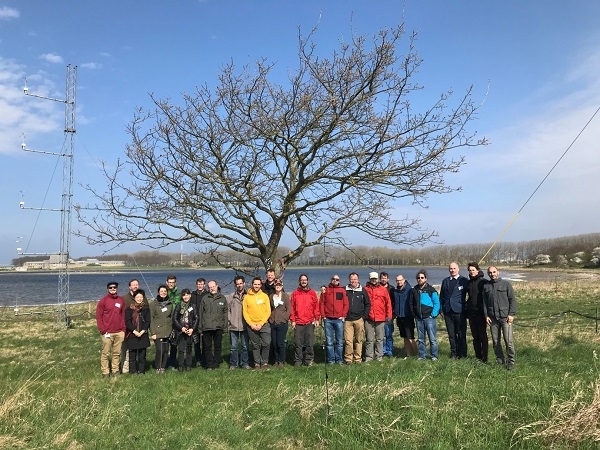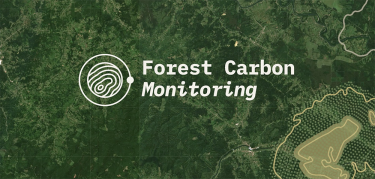Tree Motion and Wind Measurement Workshop
Some technical background
Simultaneous measurement of tree movement and wind flow is essential for understanding the complex interaction of tree motion and wind within and above canopies, or around individual trees and tree groups. Such information is required to improve our understanding of the turbulence structure above and within canopies and the resulting influence of the turbulence on momentum exchange and gas fluxes. It is also vital in understanding the process of wind damage to individual trees and forests, and for testing models predicting the risk of wind damage.
In the past few decades there have been rapid developments in the methodologies to determine tree motion and these include displacement transducers, strain gauges, accelerometers, tilt gauges and most recently terrestrial LiDAR scanners that can be used to characterize trees. At the same time wind measurements have progressed from cup anemometers and sonic anemometers to wind LiDAR systems that can scan a 3-dimensional space.
All the measurements have individual strengths and weaknesses and all need to be properly utilised and the data correctly analysed. This requires a full understanding of how the instruments work, what are their weaknesses and known limitations, and how the output signals/information are created and stored.
About the workshop
This meeting resulted from discussion following the 8th Wind and Trees conference in Boulder, Colorado in July 2017, when it was recommended that a workshop be run to address the measurement needs of meteorologists and tree/forest biologists who are interested in the impact of wind on trees.
The key purpose of the workshop was to train people in how to make accurate measurements of the wind and of tree movement, and to improve the understanding of meteorologists in tree physiology and of tree physiologists in meteorology.
Therefore, the Tree Motion and Wind Measurement Workshop represented a multidisciplinary effort to bring together the diverse skills required to understand the complex phenomena that occur at the interface between the atmosphere and the biosphere.
There were lectures and discussions on the best methods for measuring wind speed close to trees or within forests, and on the measurement of tree movement. Different systems and their pros and cons were discussed as well as how to analyse the resulting data. This was followed by a resume of the modelling of tree movement in the wind and how to use knowledge on wind flow in forests and tree movement to build wind risk models for stands and individual trees.
In addition to the formal lectures there were exercises to analyse data sets, use modelling tools, and a visit to an instrumented individual oak tree for a demonstration of instrument calibration.
The workshop identified a need for straightforward and clear written information on a range of topics of relevance to the group. A number of information notes (maximum of 4 to 5 pages) have been proposed, will be written in the next 6-9 months, and hopefully will be hosted on the EFI website as a resource for researchers.
In total there were 21 participants at the workshop from Denmark, France, Scotland, England, Canada, Japan, Germany, USA, Latvia, Poland, Czech Republic, and Sweden.





